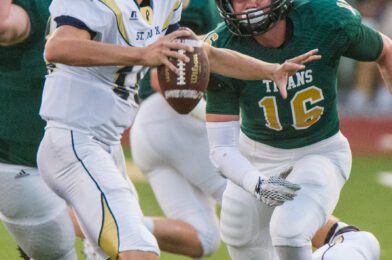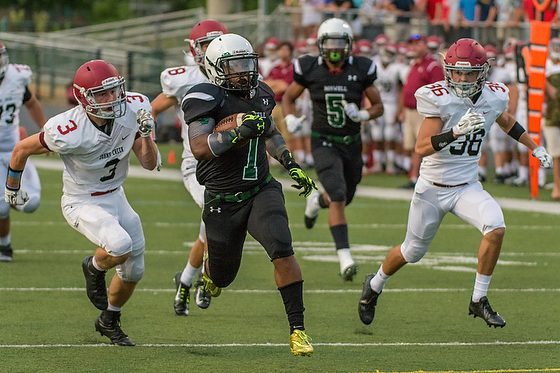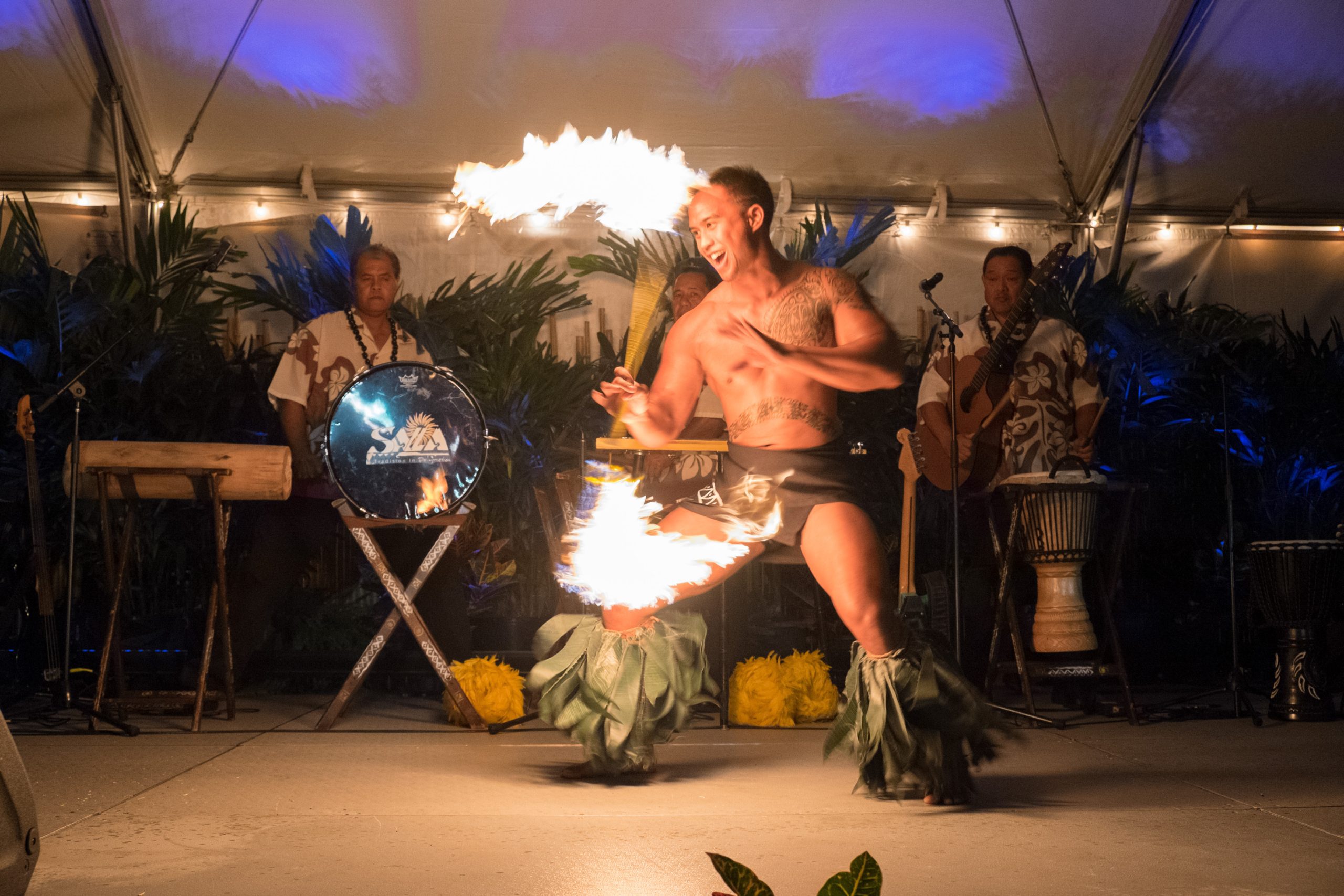| Nikon D4, Sigma 120-300mm ƒ/2.8 DG OS HSM | S, Sigma TC-2001 2x, ISO 12800, ƒ/5.6, 1/1250 |
There are two things I love to shoot more than anything else: Sports & Humanitarian subjects.
Both of these subjects are like an adrenaline rush for me to cover.
 |
| Nikon D750, AF-S NIKKOR 28-300mm f/3.5-5.6G ED VR, ISO 1400, ƒ/5.6, 1/100 |
I am not alone and find that both of these subjects have photographers lining up in a row to shoot them for free to have the chance to do so.
Here is a big clue to your brain cells–ANYTHING that people are willing to do for free requires you to be the very best to make a living at it.
The odds of being a professional sports photographer earning all your living doing this full-time may be more complex than playing the sport professionally. The reason is that so many people want to stand on the sidelines and do whatever it takes, even for free.
In sports, we call these jock sniffers. That may sound crude, but they want to be close to the action.
Not sure what we call them if they are willing to do whatever it takes to do humanitarian photography for free, but there are so many of these folks out there that it is scary.
In a Facebook group, there was a comment/question about covering missionaries for church organizations. Here is a small snippet:
The missions organization pays you little or in some cases NOTHING for your work after all is said and done. There are some of us who can walk away with photos worthy of National Geographic. I ask you, is it fair and right for missions groups to get all the benefits of having talented photographers shooting for them while the photographers get little or nothing to show for it?
Here is my response
There are three types of mission organizations.
1. The William Carey model of mission societies where people give to the society and then the society hires missionaries and pays them as a staff is one model.
2. Each person raises their funds. They have their supporters give to the organizations that endorse them, and they take a percentage [usually 10%], but this gives people a tax write-off. So the entire organization raises their support. Campus Crusade works this way for the most part.
3. There is often a blending of the two models where a small support staff might be staff, but the majority raise their support.
So if the person who hired you to work on the project is raising their support, then I think you don’t have a case in the traditional sense in their eyes.
The problem in missions is when everyone is not operating on the same model.
I have a capitalistic freelance business. I find clients who I charge for my services. I either must make enough to subsidize my mission’s photography, or I must charge to cover my costs.
In My Humble Opinion
Many unqualified “missionaries” can convince people to give to their cause. However, they are great fundraisers and not necessarily great “missionaries.”
I think the movement away from the William Carey Mission Societies to each person crowdfunding is funding those who are fundraisers and not missionaries by skill set.
The problem also has been that many “missionaries” in the William Carey Mission Societies were not good at communicating their work when people visited them on the mission field. As a result, many seeing the missionary would think they were not doing enough. On the other hand, often, the visitor would think they did as much good as these seminary-trained missionaries. In some cases, this was true, but the lack of understanding of cultural differences often played into the equation.
You cannot change these models, but you must be aware of them and decide how you will respond. For example, you can create your own 501c nonprofit and crowdsource and have people give to the communications efforts of missions worldwide.
You can go and be a tentmaker who makes most of their money like Paul, one of the first missionaries and author of much of the New Testament, did as a tentmaker/missionary.
You can find those organizations that have set aside a budget to hire you because they value true expertise and understand how this will help their mission objectives.
After more comments where people still felt like organizations should be paying them who often are all raising their funds, I needed to add some more thoughts. So here they are for you.
I don’t think you will get very far with the feeling people should pay you when they are raising all their funds.
If you cannot cover your costs, state that, and they will find a way if they want to work with you. Suppose they don’t, then move on. Not paying is true with clients who offer you money, but it is below your cost of doing business–you must walk away.
There is another aspect to the discussion other than pay versus fundraising.
RESULTS
Photographers who can tell stories effectively and organizations that raise funds due to their work will be in demand.
Too many who want to do “missions” or “humanitarian” are more in love with themselves traveling and getting paid to take photos. They do not believe in a cause. Their work is average and not what people will want to share on social media. They don’t have the followings. They are irrelevant with their work, but in their minds, they are legends.
MORE THAN A STORYTELLER
You cannot just be a great storyteller these days alone. It would help if you also connected with the audience. For example, some photographers say that when they “Tweet,” they communicate with more than 100,000 followers. They are a media outlet themselves. They have so many followers because they share in a way that appeals to the audience.
They have an audience, and when they share, people get involved, and those who are blessed to have them work for their benefit. Many organizations will hire them just for access to their audience.
TRUE SUCCESS
It would be best if you had outstanding work today. That is a given. But it would help if you so had so much more. You must understand the entire process of a crisis needing people to get involved. You know what it takes to engage that audience, and you are part of a team helping them to understand all that must take place with your work to make it successful.
Photographers running successful businesses are more likely to help missions or humanitarian agencies than photographers struggling to get by. The reason is simple–they know you must make sound business decisions for something to be successful.
SUMMARY
IN ANY PROFESSION, where people are willing to do something for FREE, there will always be those who can earn a living at the very pinnacle of that profession. Here are some careers you find many people doing for free all the time:
- Music
- Theater
- Sports
- Humanitarian
- Photography






































































